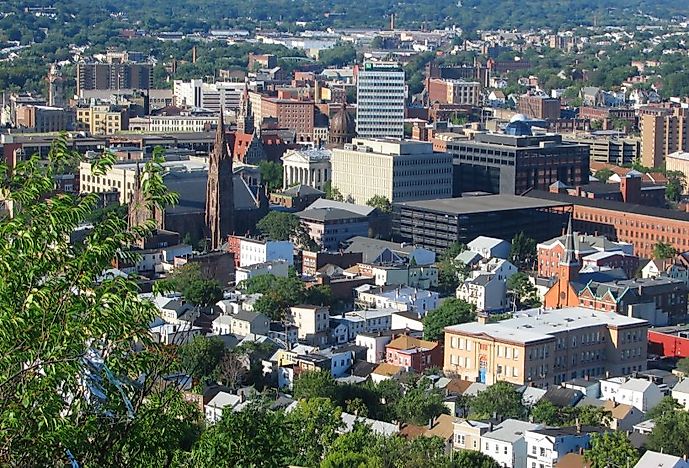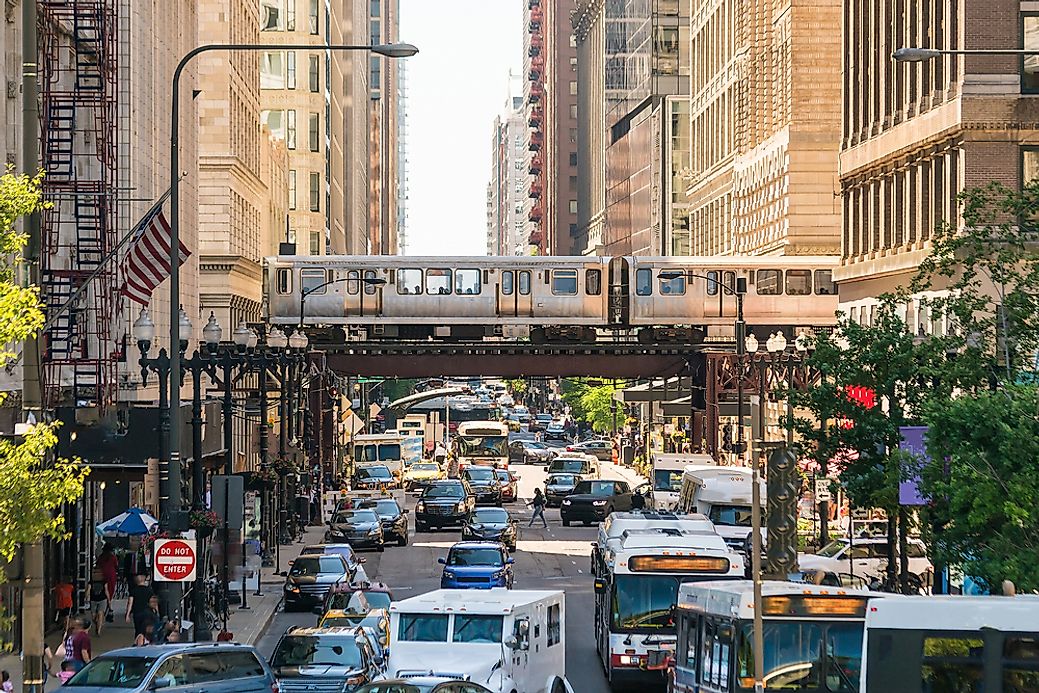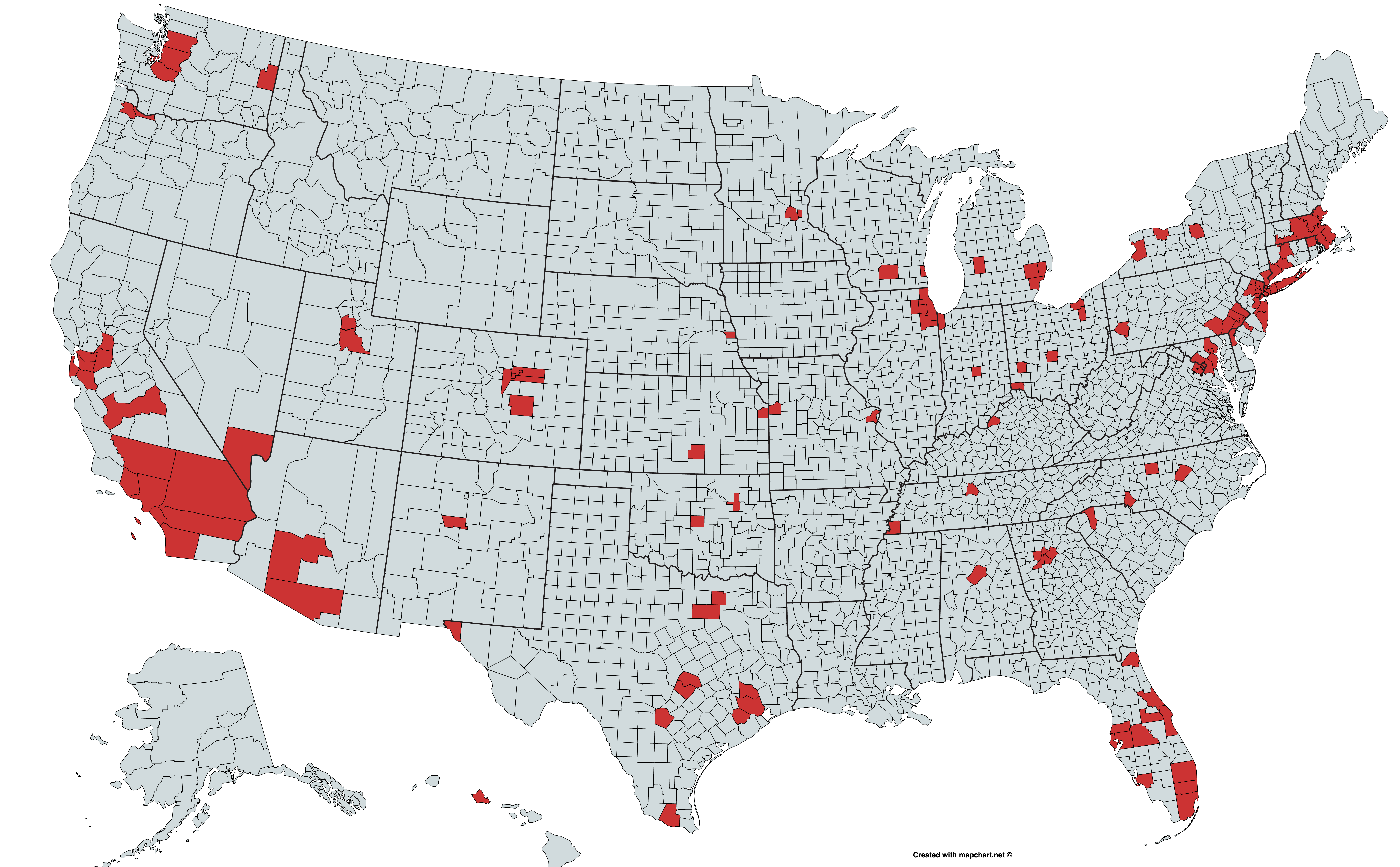

That wealth has made it harder for some to live in California, where the median price of an existing single-family home hit a record high of $849,080 in March - a 2.6% increase over the previous record set in August. California had a record budget surplus last year, and is in line for an even larger one this year of as much as $68 billion - mostly the result of a progressive tax structure and a disproportionate population of billionaires. But the decline hasn't impacted the state's bottom line. Census showed it did not grow as fast as other states. Impacts of the decline have already been felt, as California lost a seat in Congress for the first time after the U.S. “It says something about how hard it is for people to afford living here.”

It's hard to see that changing significantly,” he said. “California is one of the biggest losers in that calculation. It's one reason why he thinks California is “in a period of stagnation for the foreseeable future.” “I think we will be looking at positive growth when we talk about the year 2022,” he said.Ĭalifornia has been losing population to other states for 30 years, said Eric McGhee, a senior at the Public Policy Institute of California, a nonpartisan think tank.

Walter Schwarm, California's chief demographer, said he wasn't surprised by the decline because “It takes awhile for the machinery of government and others to get back to normal." But that was well below the annual average of 140,000 that was common before the pandemic. California gained 43,300 residents from other countries in 2021. State officials pointed specifically to losses in international immigration. But the new estimate released Monday by the California Department of Finance showed the trend continued in 2021, although the decline was less than it had been in 2020. At the time, state officials thought it was a outlier, the result of a pandemic that turned the world upside down. That changed in 2020, when the pandemic took the lives of tens of thousands of people above what would be expected from natural causes, a category demographers refer to as “excess deaths.” And it prompted a sharp decline in international immigration because of travel restrictions and limited visas from the federal government.Ĭalifornia's population fell for the first time that year. But the state's natural growth - more births than deaths - and its robust international immigration had been more than enough to offset those losses. But after years of strong growth brought California tantalizingly close to the 40 million milestone, the state's population is now roughly back to where it was in 2016 after declining by 117,552 people this year.Ĭalifornia's population growth had been slowing even before the pandemic as baby boomers' aged, younger generations were having fewer children and more people were moving to other states. With an estimated 39,185,605 residents, California is still the U.S.'s most populous state, putting it far ahead of second-place Texas and its 29.5 million residents. (AP) - The nation's most populous state is shrinking.Ĭalifornia's population declined again in 2021 for the second consecutive year, state officials said Monday, the result of a slowdown in births and immigration coupled with an increase in deaths and people leaving the state.


 0 kommentar(er)
0 kommentar(er)
